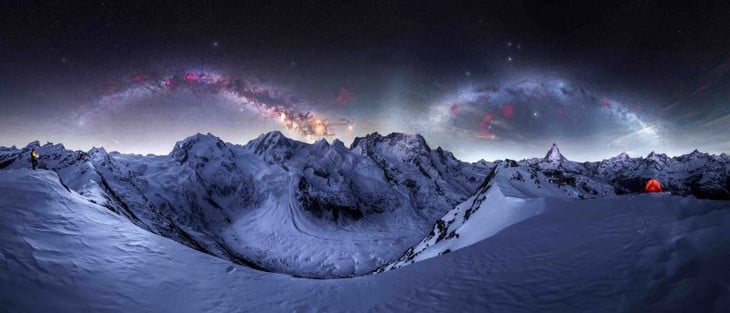
The photo of the Milky Way was taken at an altitude of 3,200m in the middle of winter, in the harsh cold, challenging both the endurance and equipment of photographer Angel Fux - Photo: ANGEL FUX
Entering its eighth year, the Capture the Atlas photo contest features for the first time a photo of the Milky Way taken from space by NASA astronaut Don Pettit.
This year's collection features images of the Milky Way taken from the International Space Station, or from rarely photographed locations such as northern Argentina, Socotra Island, Namibia, Australia, New Zealand and many more.
The series also captures the moment the Milky Way combines with astronomical phenomena such as comets, meteor showers and lunar eclipses, showing how vivid and magical the night sky can be.
Beyond modern techniques and equipment, it is the creativity, patience and passion for discovery of the photographers that have contributed to bringing these spectacular images to viewers to admire.
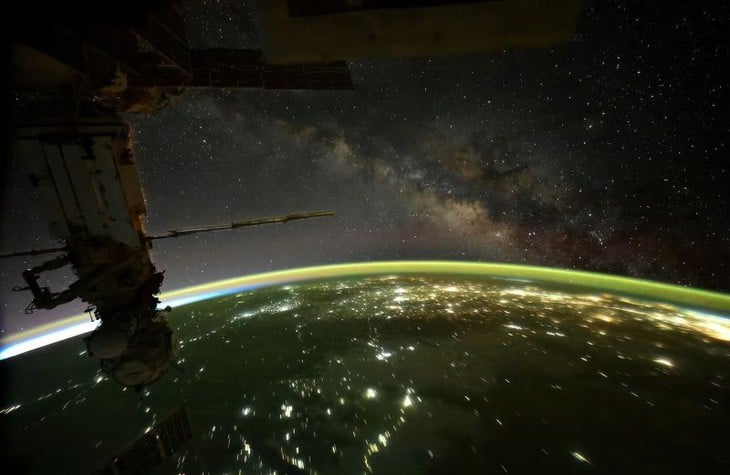
NASA astronaut Don Pettit took this photo from the International Space Station, while floating in the observation capsule, looking through a window - Photo: DON PETTIT
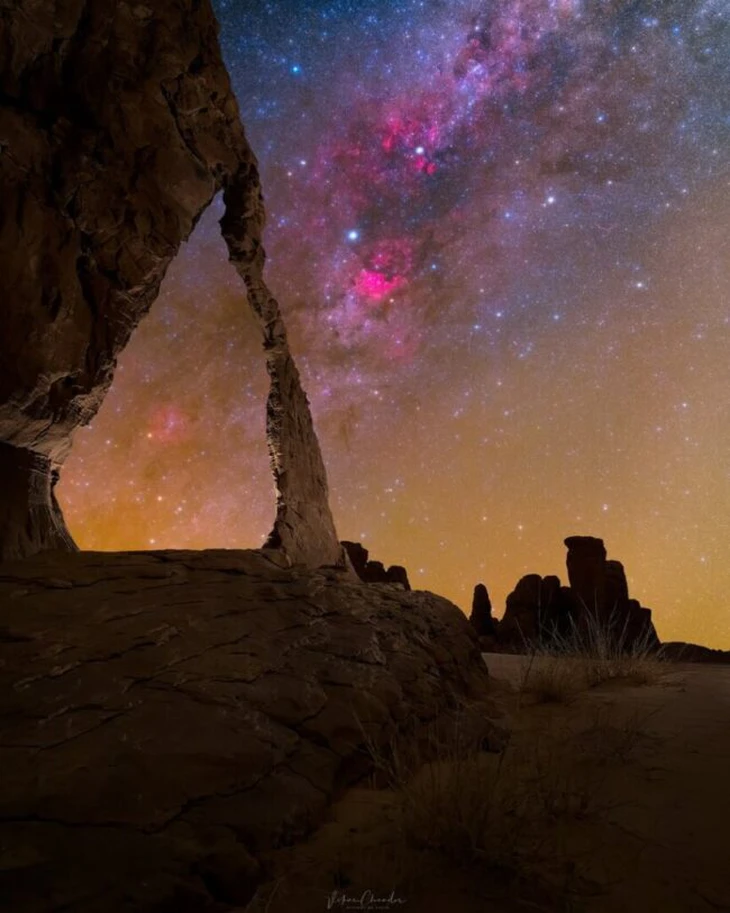
Vikas Chander captured the photo in Ennedi, Chad. The area is sparsely populated and completely free of light pollution - Photo: VIKAS CHANDER
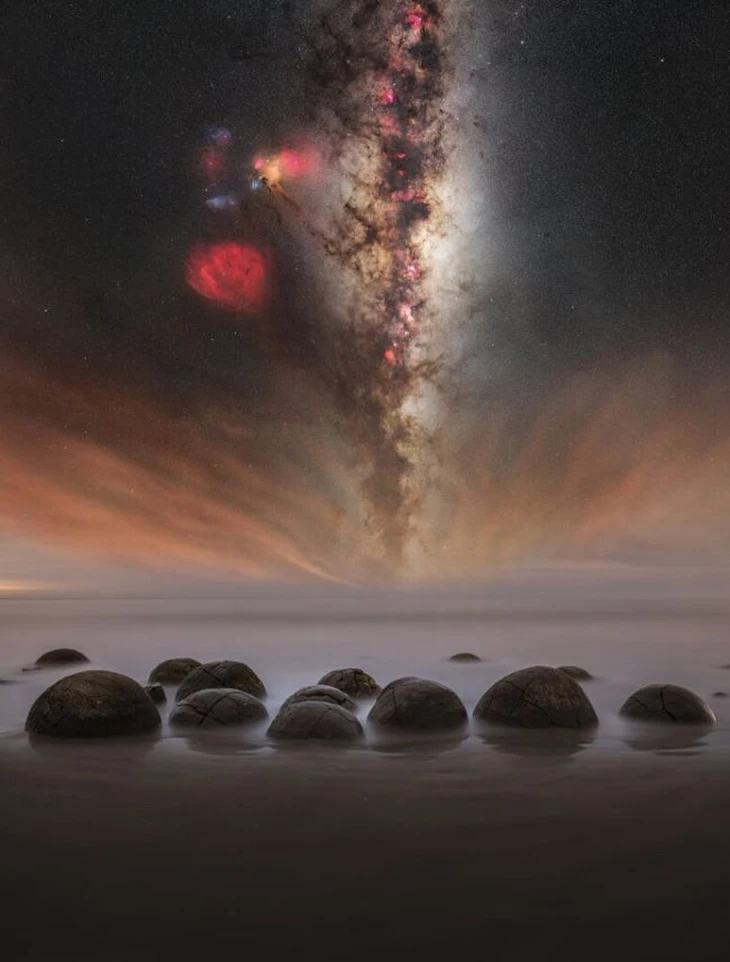
Alvin Wu captured this photo at the Moeraki Rocks in New Zealand. Alvin wrote: “On a clear night, the Milky Way seems to pour from the sky into the sea like a waterfall” - Photo: ALVIN WU
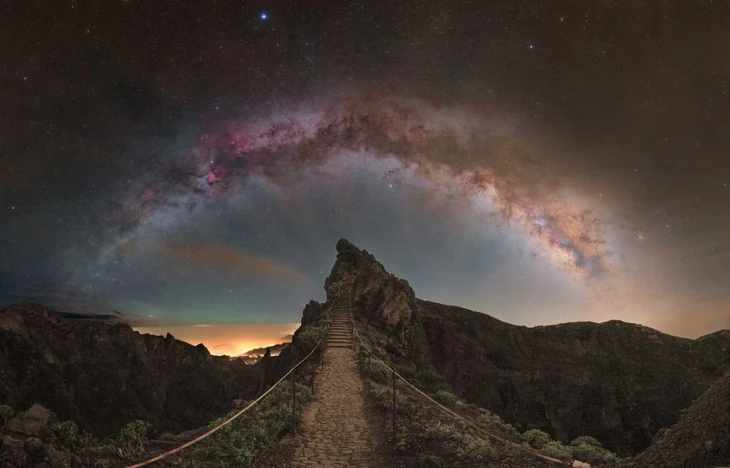
Marcin Rosadzinski captured this image on the island of Madeira, Portugal. The wide-angle lens reveals the vast Milky Way, with its glowing red hydrogen nebulae - Photo: MARCIN ROSADZINSKI
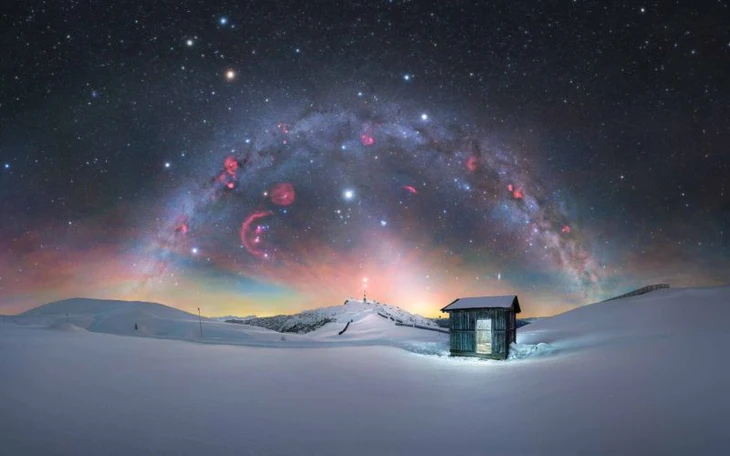
Uroš Fink took this photo at the Dobratsch nature park in Austria, capturing a panoramic view of the winter Milky Way with red nebulae stretching across the Dobratsch mountains - Photo: UROŠ FINK

Author Sergio Montúfar shared: “In the early morning of June 2, 2024, I conquered the summit of this volcano for the first time, hoping to witness the beauty of Volcan de Fuego under the Milky Way. That night, the volcano was extremely active - each explosion resounded like a reverberation in my chest, and the lava flow glowed on the dark hillsides” - Photo: SERGIO MONTÚFAR
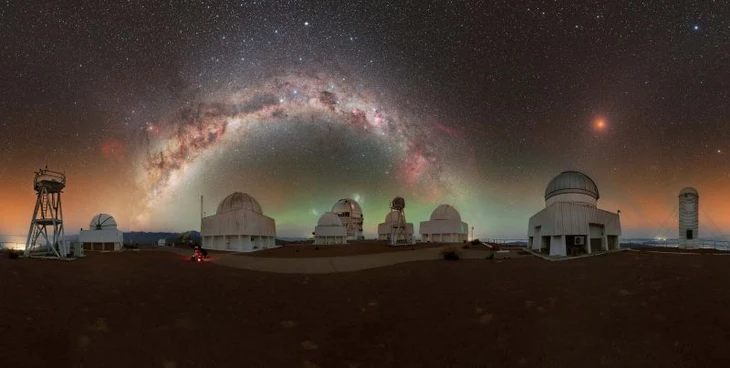
Petr Horálek captured this image on March 14, 2025, when a total lunar eclipse occurred, especially visible in the Americas and the Pacific . He was lucky enough to watch the event from the NSF's Cerro Tololo Inter-American Observatory in Chile - Photo: PETR HORÁLEK

Luis Cajete took this photo at Coyote Buttes, a geological masterpiece located in Arizona that requires a special permit to enter - Photo: LUIS CAJETE
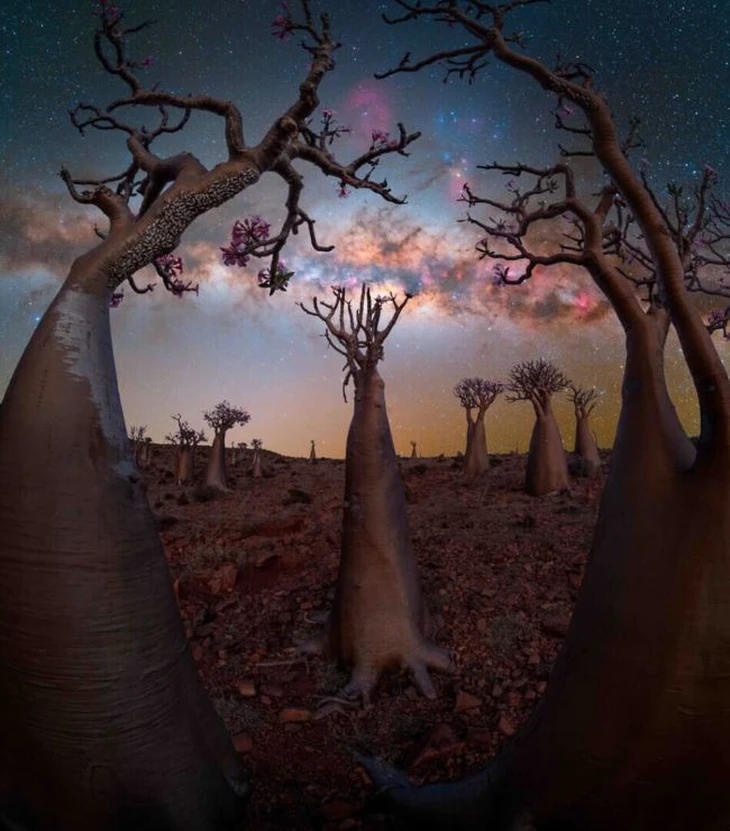
Benjamin Barakat took this photo in Socotra, Yemen. Bottle trees are endemic to Socotra. They are believed to have originated from ancient plants that have adapted to the island's unique environment over millions of years - Photo: BENJAMIN BARAKAT
Source: https://tuoitre.vn/chum-anh-dai-ngan-ha-dep-man-nhan-va-ky-ao-202505271207115.htm


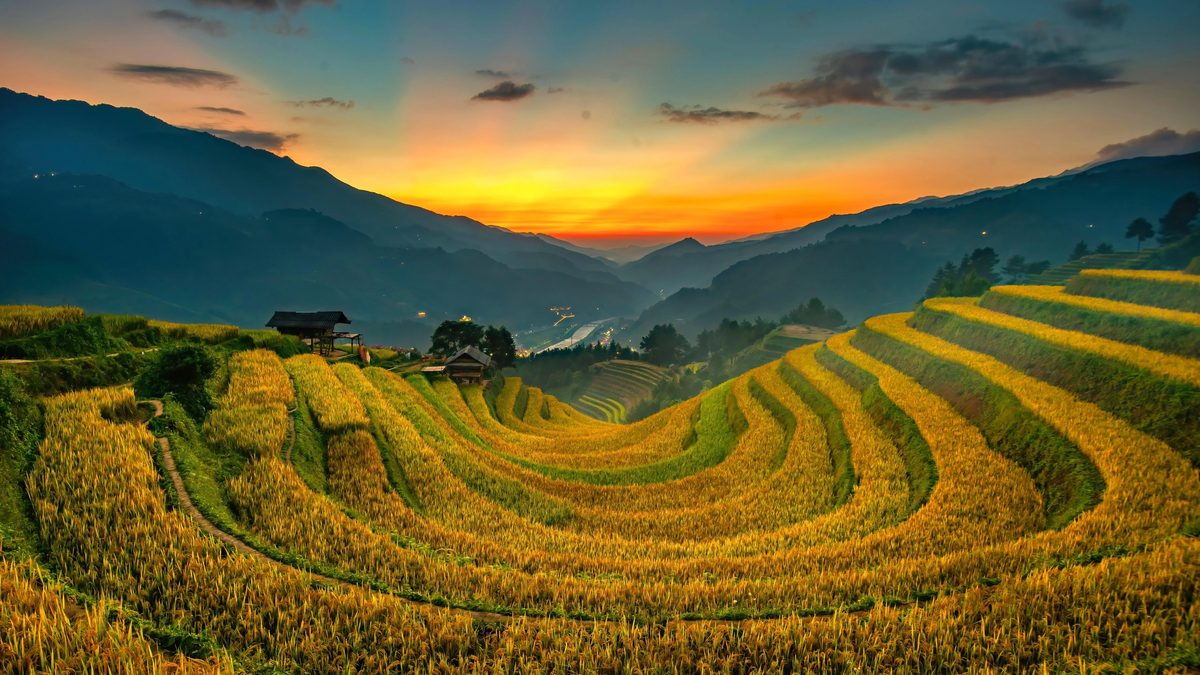
![[Photo] Prime Minister Pham Minh Chinh chairs conference on breakthrough solutions for social housing development](https://vphoto.vietnam.vn/thumb/1200x675/vietnam/resource/IMAGE/2025/10/24/1761294193033_dsc-0146-7834-jpg.webp)
![[Photo] Standing member of the Secretariat Tran Cam Tu chaired a meeting of the Standing Committee of the Organizing Subcommittee serving the 14th National Party Congress](https://vphoto.vietnam.vn/thumb/1200x675/vietnam/resource/IMAGE/2025/10/24/1761286395190_a3-bnd-4513-5483-jpg.webp)
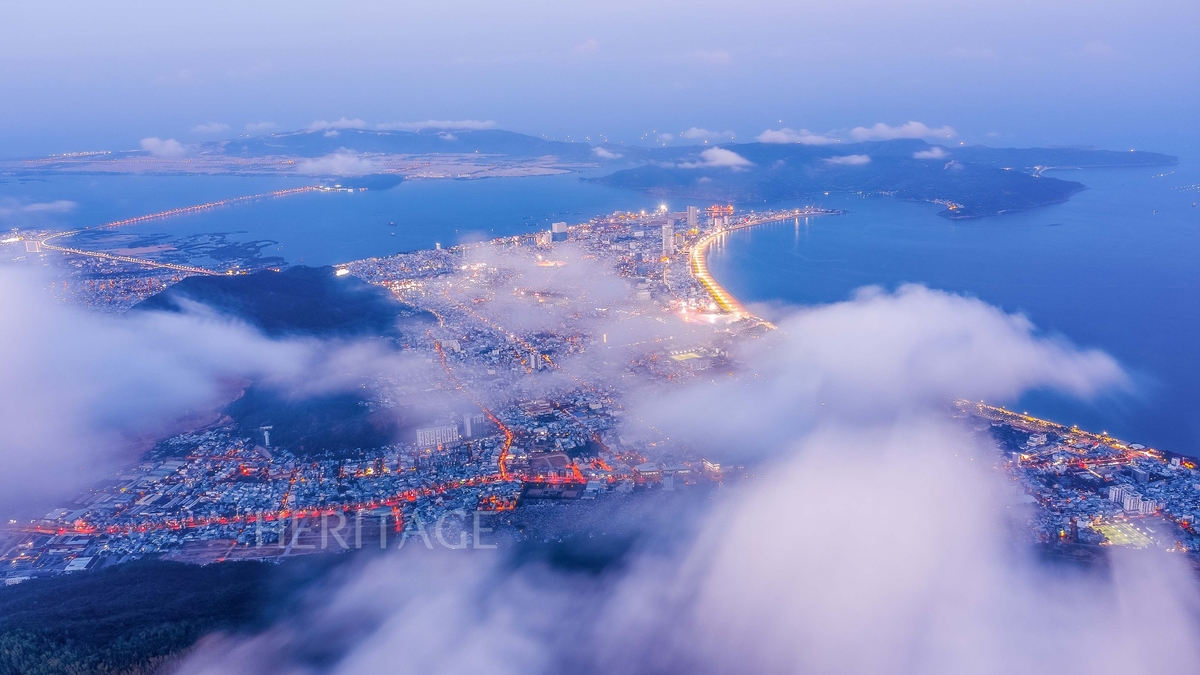
![[Photo] Solemn funeral of former Vice Chairman of the Council of Ministers Tran Phuong](https://vphoto.vietnam.vn/thumb/1200x675/vietnam/resource/IMAGE/2025/10/24/1761295093441_tang-le-tran-phuong-1998-4576-jpg.webp)
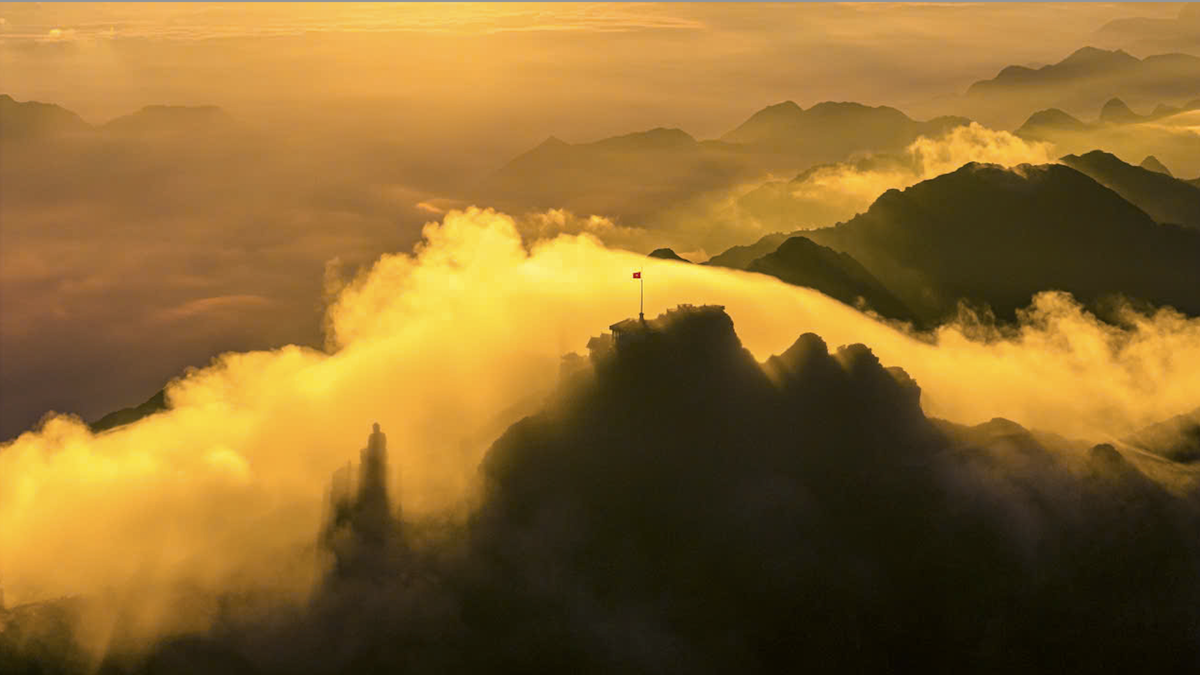









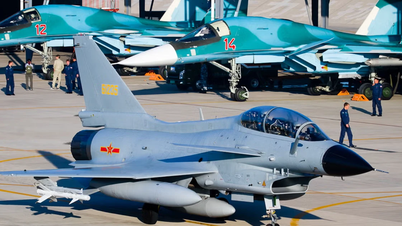




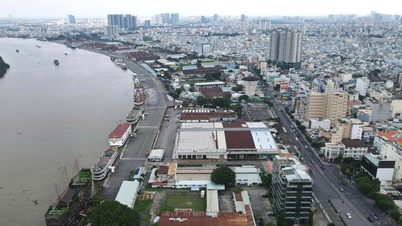




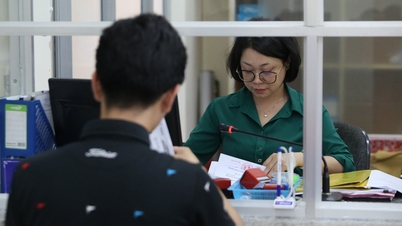
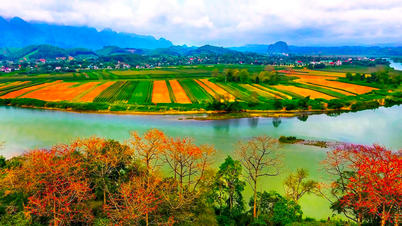



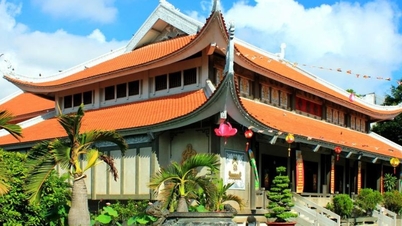

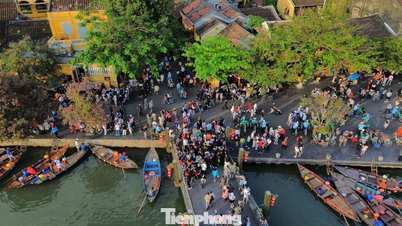


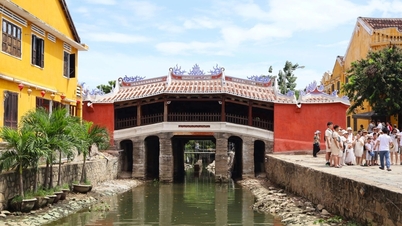

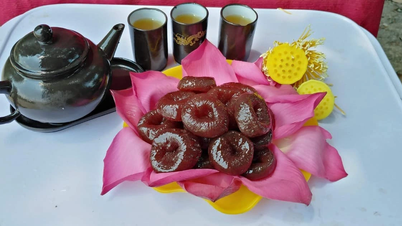































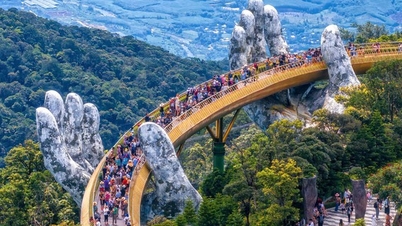
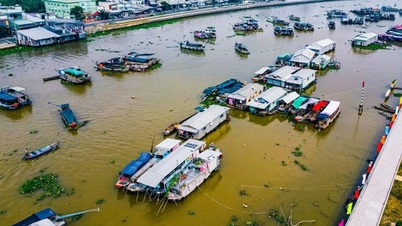
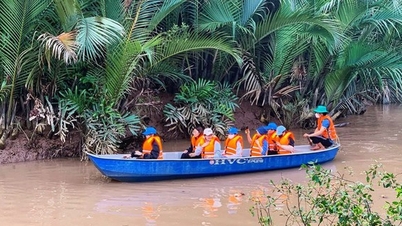








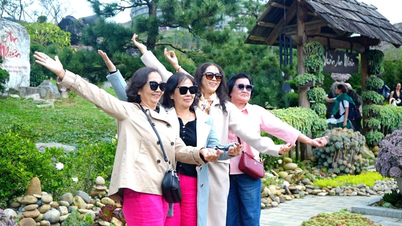















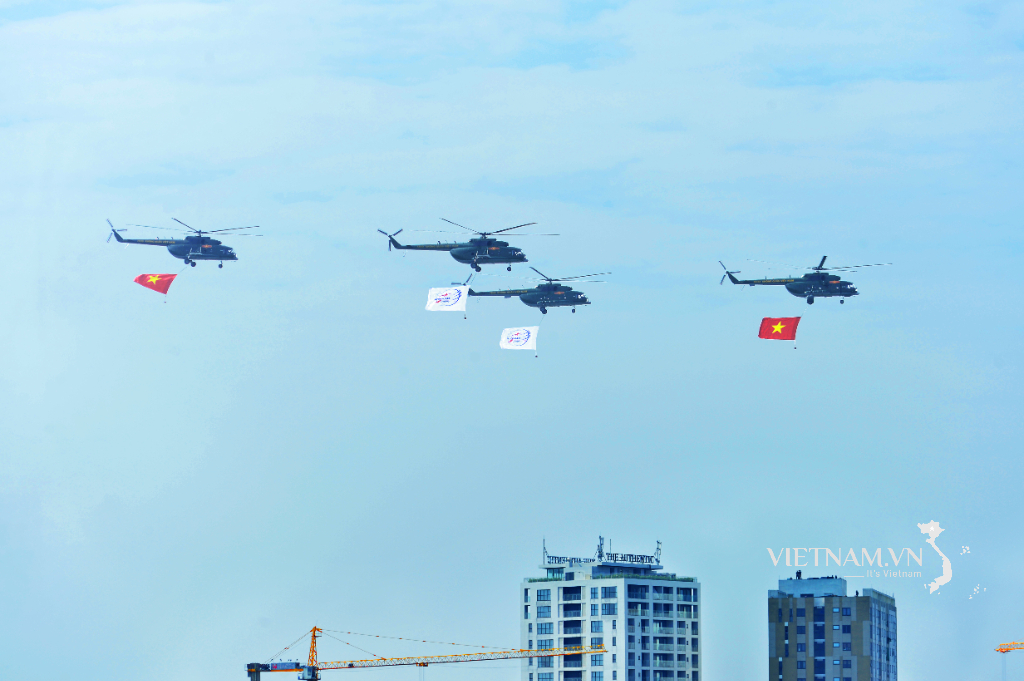



Comment (0)